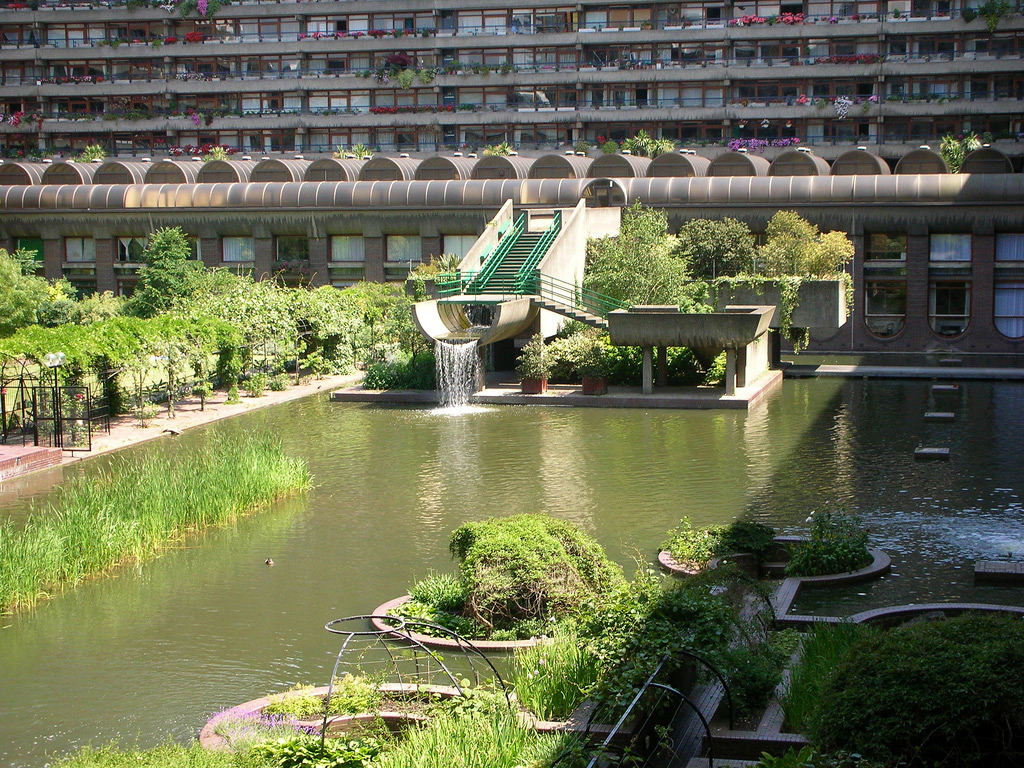Thomas Heatherwick doesn’t believe all buildings need to be beautiful. That’s unrealistic, he says, not to mention subjective. What the 53-year-old designer—who’s behind projects including the UK Pavilion at the 2010 Shanghai Expo, the 2012 Olympic Cauldron, the Vessel in New York, and Coal Drops Yard in King’s Cross—does stand against, however, is ‘total rubbishness’. And this is a characteristic he applies to almost all modern architecture.
In October last year, Heatherwick launched a searing attack on ‘boring’ buildings and how they make us feel. Through his book Humanise, part of a wider campaign of the same name, he has warned that we are in the midst of a ‘global blandemic’. That huge tranches of the buildings around us are so dull and uninspiring; they make us depressed.
As he sets about waging war on ‘dumb environments and utterly selfish buildings that have impoverished the world’, there is no question that Heatherwick’s language around this subject is inflammatory. But could he have a point?

Photography: Raquel Diniz

Heatherwicks spiky UK Pavilion for the 2010 Shanghai Expo. Photography: Danielle Mattiolo


An elevated view across Heatherwick’s Coal Drops Yard in King’s Cross London. Photography: Luke Hayes

The standout element of the building is its ‘kissing roof’. Photography: Luke Hayes

Photography: Hufton + Crow

An elevator switch inside the Coal Drop Yards. Photography: Luke Hayes

The Vessel in Hudson’s Yard. The Heatherwick-designed building has been closed to the public since January 2021 following several suicides, it was closed to the public indefinitely. As of 2024, it’s unclear if the structure will reopen to the public. Photography: Michael Moran for Related Oxford

The Vessel was proclaimed “Manhattan’s answer to the Eiffel Tower” when it opened. Photography: Michael Moran for Related Oxford.
The problem with boring buildings is not just that people don’t want to spend time in them, says Heatherwick. No one cares about them either. To avoid rubbishness and build longevity and sustainability into the built world, people have to care about it. And the key to evoking that care comes down to capturing interest. That interest can be relatively inexpensive, he says. Much of what captures people’s imagination happens on a small scale. ‘It doesn’t have to cost much to add interest.’

Here, he refers to two of the most Instagrammed elements of his Coal Drops Yard scheme in King’s Cross. One is the famous ‘kissing’ roofs. The other is the lift buttons – 3D prints made from a geometric design with a different button for each lift core. ‘We knew that anything people were going to touch was so important. Whether that’s a door handle, a handrail or a lift button. If you make those elements tell a story, it can cost a relatively small amount of money to make something particular. And people can see and feel that someone put love where you don’t expect it.
‘This isn’t a niceness problem,’ he adds. ‘It’s an emotional problem. It doesn’t have to be about making everything look nice or neat and tidy. But we have stripped away so many of the elements of visual complexity from the built world since the Second World War and research is showing that our bodies actually go into stress when we are surrounded by flat, serious, plain and repetitive buildings.’

This is an affliction he applies to all post-war architecture. Post-modernism and brutalism are, in his opinion, both ‘sub-categories of boring.’ On this point, Heatherwick’s argument has, unsurprisingly, been called into question by peers and critics alike. Is he just being contrary? Perhaps. But it is not about everyone agreeing with him, he adds, pointing out that people don’t have to share all of his opinions to take note of the issues he is raising.
And now is the time to have that conversation, he adds. As companies continue to encourage staff back to offices post-COVID and cities fight for footfall, Heatherwick believes that ‘a necessary level of interestingness’ could be the key to success. He argues that it is in society’s best interest to recognise his perceived problems and make a change, starting with our streets.
‘I want every building designer, developer and owner to ask themselves, “What are you giving back to society? To the street?” There has been such an imagination failure and there is now an opportunity for buildings to be real value generators for towns and cities. I don’t think it is good enough to put up big sheets of glass so people can look in to see another massive marble reception desk, piano or a piece of art on the back wall. We need to be more generous. I look at these vanilla, previously inoffensive buildings that have become so offensive. I want to say, “How dare you put something into society at such scale that gives nothing back”.’
‘People are smart. Humans are smart. These are the people who are going to judge you. If a reticence to change is about the money, then we were making human buildings 1,000 years ago, 500 years ago, 200 years ago when we were way poorer than we are now. Stop making excuses for not doing projects that would make your children or your grandmother proud.’
Heatherwick’s next project will be transforming London’s iconic 177-metre-high BT Tower into a hotel for MCR Hotels. The famous landmark has been closed to the public since 1980 when its rotating restaurant closed.























